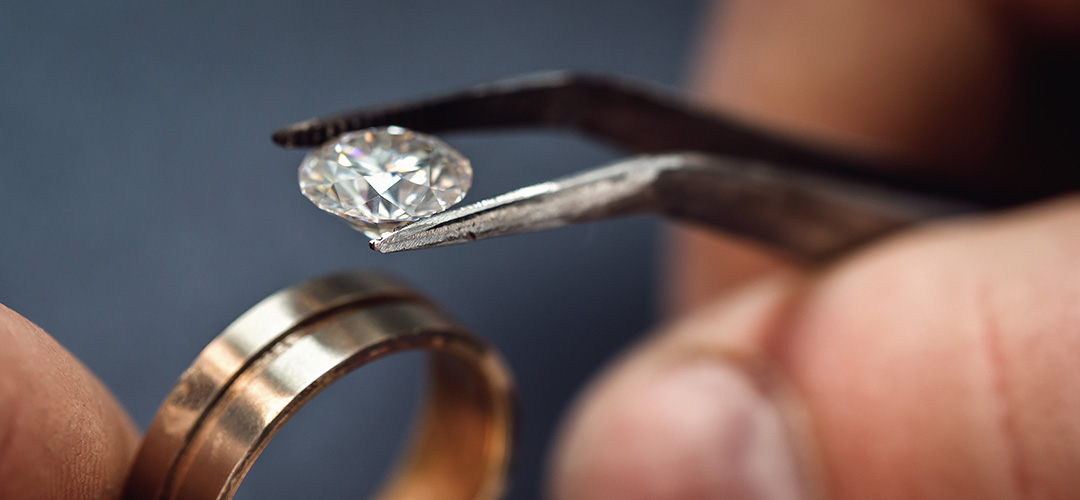Gold in Medicine: Exploring its Therapeutic Applications
These days, the word “gold” is firmly correlated with luxury and wealth. However, the noble metal has also made a difference in the field of medicine for many years. In this article, we will summarize the unique qualities of gold that allow for its medical usage and explore its prospective role in the medical world.
Properties of Gold
Gold possesses many unique chemical and physical qualities that have drawn the attention of researchers to use it in the medical industry. It is a good conductor, resistant to corrosion, and inert, which implies that gold rarely connects with other things. Such qualities allow mentioning gold as biocompatible with the human body.
Applications of Gold in Medicine
Medical use of gold Because of its versatility, using this metal to treat diseases is a great idea. Here are several areas where gold-based instruments and drugs are possible to implement.
Gold Salts in Rheumatoid Arthritis
Gold salts have been known to be effective in rheumatoid arthritis treatment for numerous years. They act by moderating the immune system and reducing inflammation, therefore easing joint pain and stiffness. Nevertheless, they can have severe adverse reactions, including skin rash and kidney impairment.
Gold Nanoparticles in Cancer Treatment
Gold nanoparticles are now being researched for the treatment of cancer. These can be produced to target just certain kinds of cancer cells, so medication may be delivered only to the neoplasm, avoiding injury to healthy skin. These can also be utilized in photothermal treatment – gold nanoparticles transport light to heat, destroying the malignant cells.
Diagnostic Imaging with Gold
Gold nanoparticles improve the contrasts of diagnostic imaging modalities including computed tomography . Thanks to this application, medical professionals obtain clearer pictures and make more accurate diagnoses of various ailments.
Gold in dentistry
Due to its resistance to corrosion and ductility, gold has been used in dental work for thousands of years. Besides its longevity, this material is still used for filling and crowns because of its biocompatibility.
Gold in dermatology
Products infused with gold have attracted people for their anti-aging and regeneration abilities. Given that gold has reasonable anti-inflammatory properties, it can help reduce redness and enhance skin tone.
Other possible uses
Other possible uses include gold’s potential antimicrobial qualities, which might be beneficial in avoiding infections. Furthermore, various studies examine gold-containing compounds for the treatment of neurodegenerative conditions, for example, Alzheimer’s disease .
Challenges and limitations
However, there exist challenges and limitations as well. First of all, gold is expensive which may make treatments unaffordable for patients. Another issue is the safety and toxicity since, in large doses, gold can cause severe health problems.
Future Prospects and Research
The progress made in gold for medicine is promising, and the future holds further research and likelihood of new uses for the mineral. More research in the future will focus on how to use gold to enhance drug delivery systems, develop new imaging techniques, and treat more diverse conditions using one mechanism.
Conclusion
Gold’s role in medicine extends beyond therapeutic use, and more advancements have been made over the years . Although the cost and safety of using gold in medicine are significant challenges to address, the potential benefits of the mineral in health are enormous. More discoveries about gold in health are anticipated as future research evolves.














Post Comment